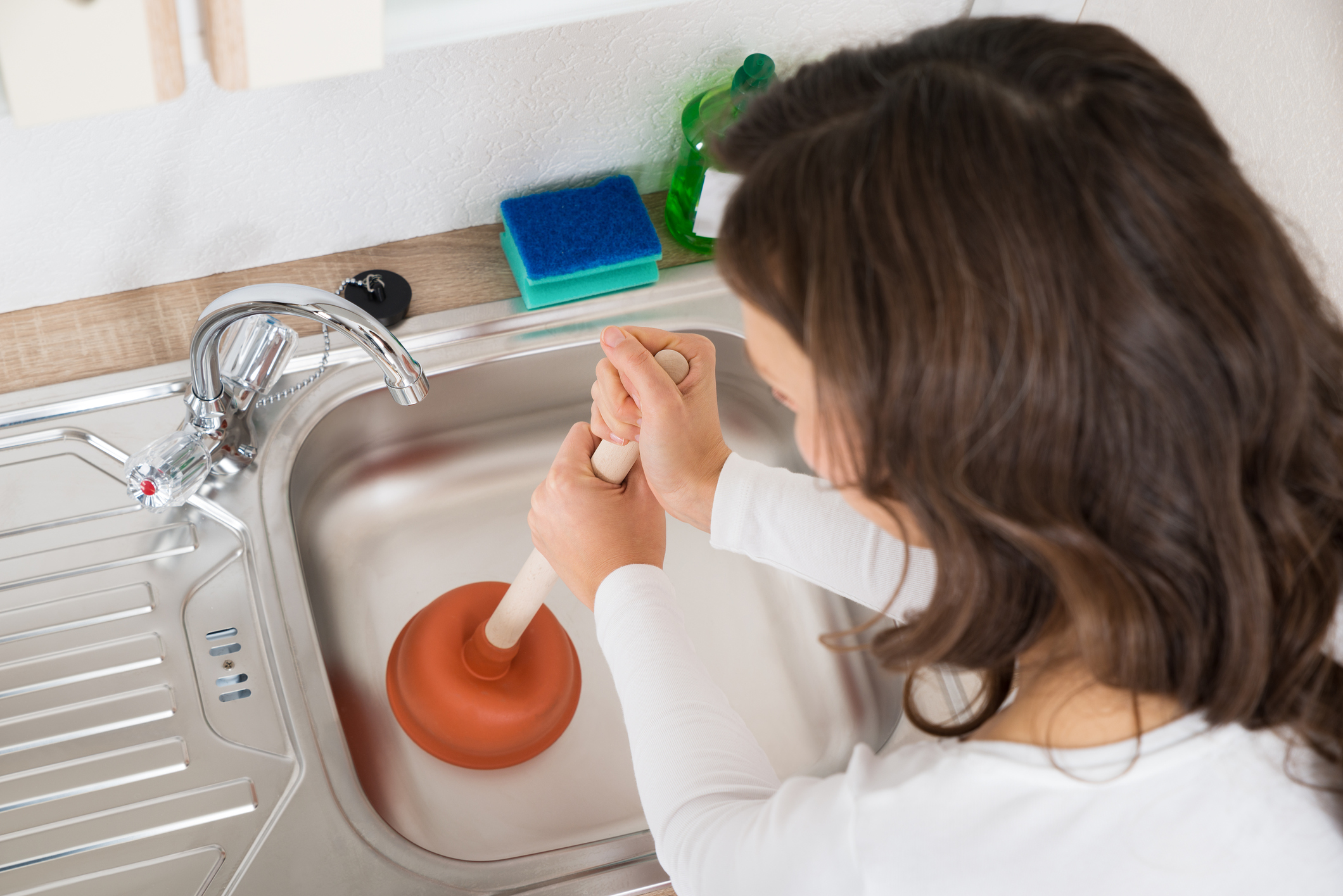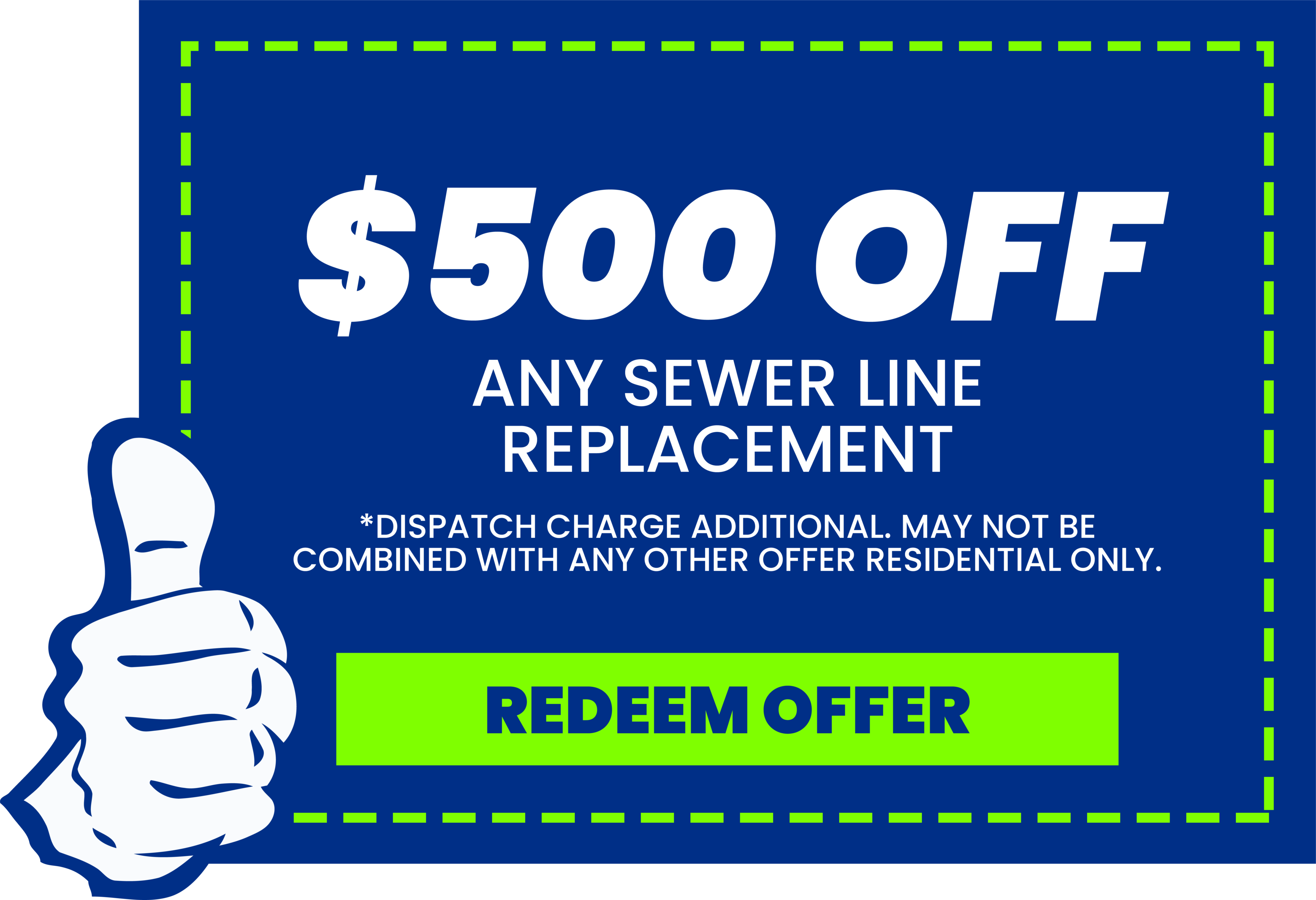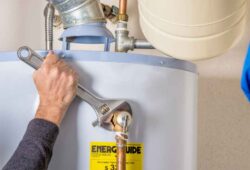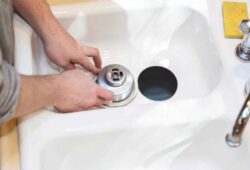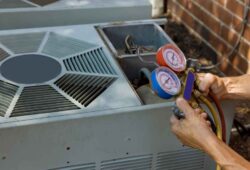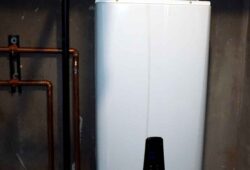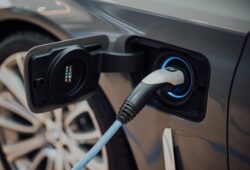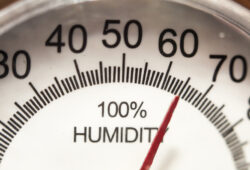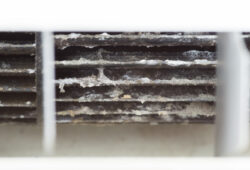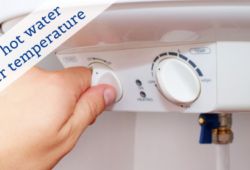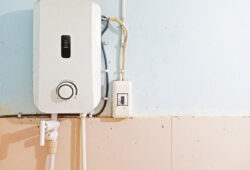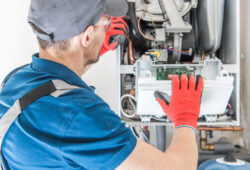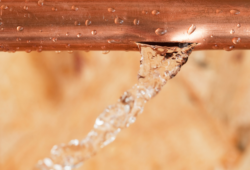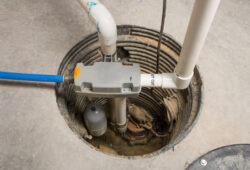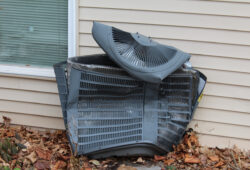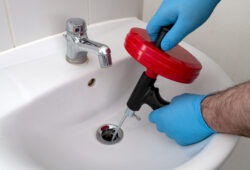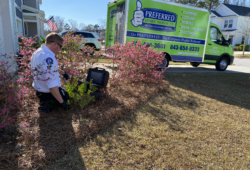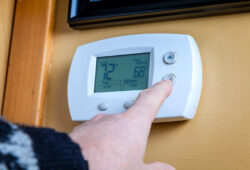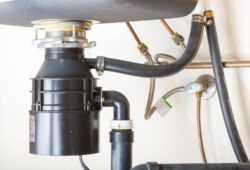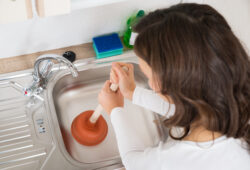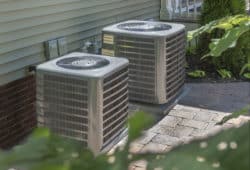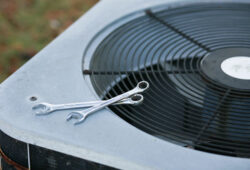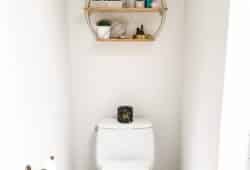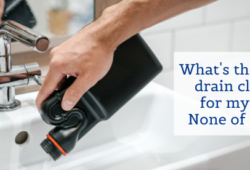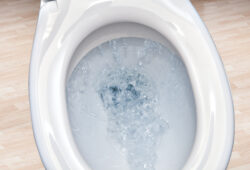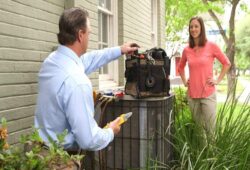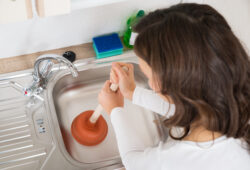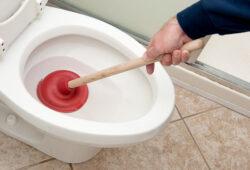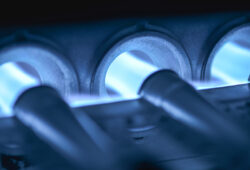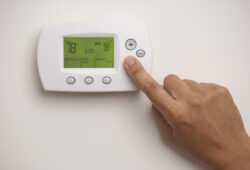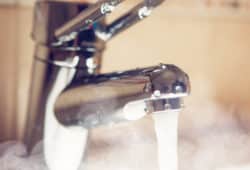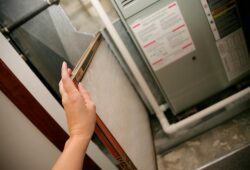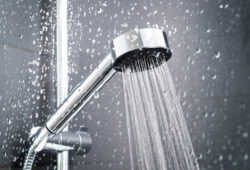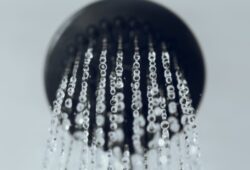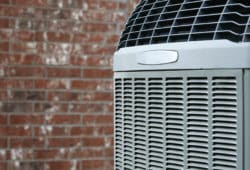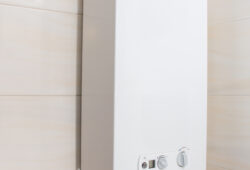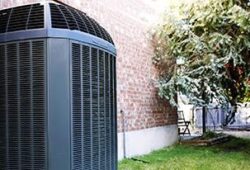How to Fix a Backed-Up Sink
Clogged sinks are one of the most common plumbing problems we see here at Preferred Home Services. While some clogs are major and definitely require the assistance of a professional plumber, other minor sink clogs can be effectively addressed with at-home methods.
If you’re attempting to fix a backed-up sink yourself, it’s important that you do so safely to avoid causing further problems or damage to your pipes. The last thing you want is to go from a relatively straightforward sink clog to a plumbing disaster simply because you failed to follow the proper steps for removing the blockage. Read on to learn more about how you can unclog your sink with DIY methods!
Still having problems with a clogged sink? Contact Preferred Home Services online or by phone at (843) 405-3601 to schedule services with our plumbers today!
Step One: Check for Minor Issues
Sometimes, what seems like a major clog could be something fairly simple. Before moving on to more advanced clog-clearing techniques, you might want to check and see if something small is causing your sink to back up.
Firstly, does your sink have a metal stopper or strainer? Most bathroom sinks do, and these little devices can sometimes catch hair or larger bits of debris, leading to stoppages. If you can, remove the stopper or strainer and remove any visible debris from the stopper itself or the top of the drain. If you are unable to remove the stopper or you cannot see into the drain due to backed-up water, simply twist a bit of wire (an old metal coat hanger works well) into a small hook. Insert the hook into the drain and remove the clog.
If it’s your kitchen sink that’s clogged, it may just be large pieces of food or other items causing the slow drain. Before running the garbage disposal, make sure there isn’t any metal, plastic, glass, or other non-food items that have made their way into the drain. With gloves on for safety, carefully reach into the drain or use a bent piece of wire to fish out anything that’s become trapped at the top of the pipe. Once you’ve safely determined that there isn’t any nonorganic matter causing the clog, remove your hand from the drain and run the garbage disposal and cold water at the same time. If this does not clear the drain, you can try pouring a small amount of hot water mixed with a teaspoon of dish soap down the drain to loosen up any food bits that may have become stuck to the side of the pipe. If this resolves the issue, it’s likely that cooking oils, grease, and other similar matter were blocking the drain. In the future, refrain from washing these types of items down the drain as they are not approved for garbage disposals.
Step Two: Try a Plunger
When the bathroom or kitchen sink backs up, you might be tempted to tackle the problem the easy way. While many homeowners reach for a chemical drain cleaner, these should only be used very sparingly, as repeated use can actually cause more problems with your pipes later on.
Instead, reach for an ordinary plunger. Believe it or not, plungers are not just for toilets — they can be surprisingly effective in removing sink clogs as well. Look for a cup-shaped plunger (as opposed to a flanged plunger, which works best for toilets) that is wide enough to cover the sink drain completely. Next, remove the metal stopper or strainer from the sink. Remember, if reaching into backed-up water, always wear gloves (regular rubber gloves or disposable latex gloves work great) to ensure your safety. Make sure the sink is at least half full of water before placing the plunger entirely over the drain and moving it quickly up and down. Check to see if the sink is draining, and repeat the motion as needed.
Step Three: Move On to a Hand-Operated Drain Snake
If a plunger proves ineffective against a sink clog, you can try using a small, hand-operated drain snake. These are usually available at hardware supply stores for about $10 or less. A smaller version of a professional-grade drain snake, these mechanisms are fairly straightforward to operate.
Again, make sure the stopper or strainer is removed from the sink before using the hand-operated drain snake. Insert the long wire into the drain and move it through the pipe. Then, follow the instructions that come with the drain snake to twist the wire and catch any hair, soap scum, grease, and other debris that may be forming the blockage.
At-Home Drain Clearing: What Not to Do
When attempting to remove a sink clog at home safely, the keyword is “safely.” There are a few things you want to always avoid when removing sink clogs to ensure that you don’t do any additional damage to your home’s plumbing system.
- It’s best to avoid caustic chemicals altogether, but if you do decide to go this route, consider using a biodegradable option that’s safer for your pipes — and yourself.
- Never add more water to an already backed-up sink. Contrary to popular belief, this won’t help push the water through and will only leave you bailing out water before you can begin trying to unclog the drain.
- Don’t use excessive force when plunging a sink. It can be tempting to go overboard, especially if your frustration is building, but using excessive force can result in damage to your sink or the sink drain trap.
- Don’t force a hand-operated drain snake into the clog. Doing so can cause pipe damage that will ultimately cost you a lot more to repair.
When to Call a Plumber for a Sink Clog
If these at-home methods fail to clear the clog in your sink, it’s probably time to enlist the help of a professional plumber. At Preferred Home Services, we use advanced techniques, such as in-line video camera inspections and hydro jetting, to remove even the most stubborn of blockages. Our customer reviews prove it: Preferred Home Services is Charleston’s trusted plumbing company, and we’re here to help unclog your drain.
Can’t seem to unclog your sink? We’re here to help! Our plumbers are available now — give us a call or contact us online now.


